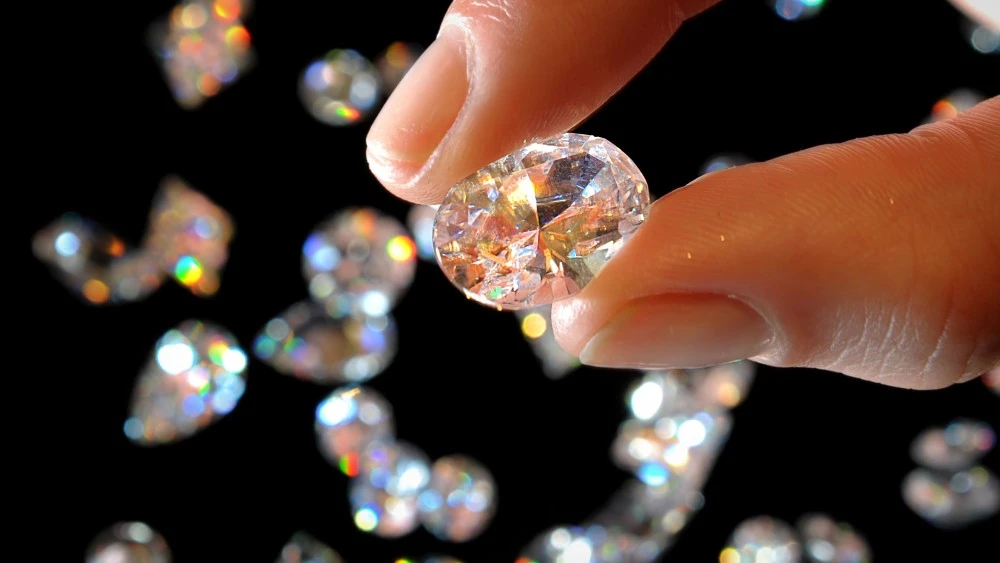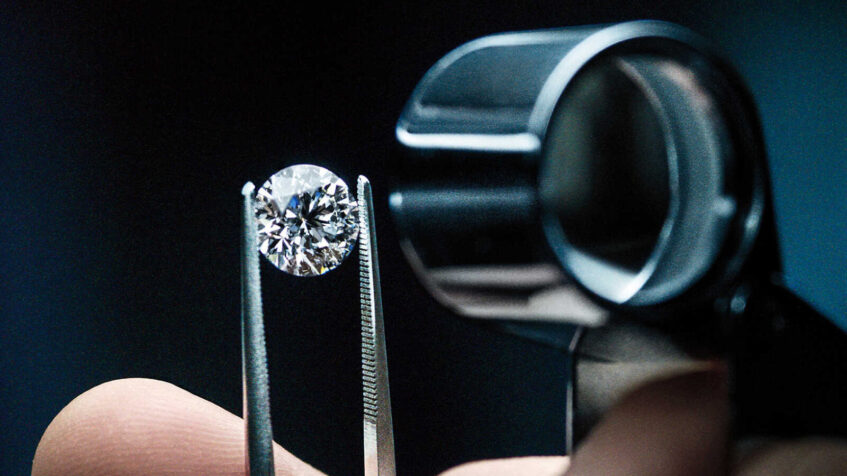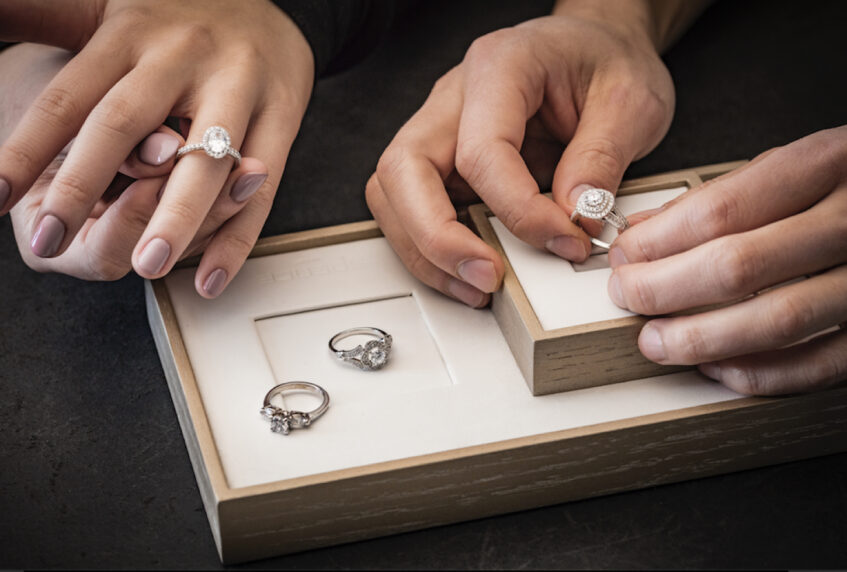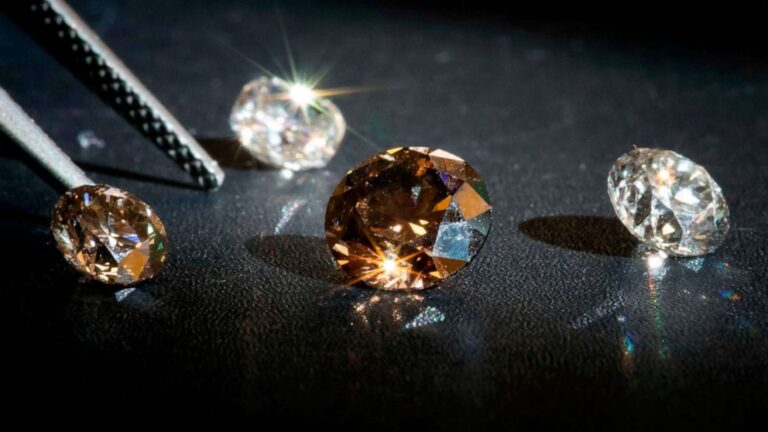As opposed to being mined from the ground, lab-grown diamonds are actually grown in a laboratory. While they may have the same physical and chemical properties as real diamonds, they are not considered to be true diamonds by many gemologists. These diamonds are often used in jewelry, but they can also be used for industrial purposes.
There are Greendiamonds exist among the rarest and most valuable of all diamonds. They are prized for their unique color, which is caused by traces of nitrogen in the diamond’s structure. They are found in a very small percentage of diamond deposits around the world, and only a handful of these are of gem quality.
Because of their great rarity, green diamonds have been treasured by royalty and the wealthy for centuries. In more recent years, they have become increasingly popular among collectors and investors. Green diamonds are considered a smart investment because they are very unlikely to lose their value over time.
Many people choose green diamonds because they are more affordable than natural diamonds, and they also have a lower carbon footprint.

When you’re in the market for a new engagement ring, you may want to consider buying a lab-grown diamond. While mined diamonds are the traditional choice, they have the added advantage of being easily accessible. Read on to learn more about lab-grown diamonds and how they can benefit you. Listed below are some benefits of buying a lab-grown diamond. Then, use this complete guide to decide which diamond is right for you.
Lab-Grown diamonds first became available to the public in the early 2000s, and they have been rapidly gaining popularity ever since. In recent years, they have become more affordable and widely available, and they are now a viable alternative to mined diamonds for many people.
These man-made diamonds are grown using two main ways:
- HPHT – those diamonds are grown in a pressurized chamber where temperatures can reach up to 2,500 degrees Celsius.
- CVD – these diamonds are created in a chamber where a diamond seed is placed in a chamber and then exposed to a plasma of carbon-rich gas. As the gas breaks down, it deposits carbon onto the diamond seed, slowly growing a diamond.
Apart from the HPHT and CVD, there are more types of unreal diamonds. They are as mentioned below:
- Simulant Diamonds
- Diamond Nexus Stimulants
- Cubic Zirconia Diamonds
- Moissanite Lab-created gemstones
- Cultured Diamonds
Lab-grown diamonds have a number of advantages over natural diamonds.
- They are less expensive
- They can be produced in large quantities.
- They do not require mining, which can have a negative abode impact.
- In addition, lab-grown diamonds can be created with specific characteristics, such as size, color, and clarity.
Lab-grown diamonds are relatively new to the jewelry industry, so many people are not yet aware of them. However, these stones will soon be ubiquitous, and many high-end brands will start carrying them as well. They offer great value to consumers and allow retailers to make higher margins. That’s great news for everyone. You’ll be a trendsetter in no time.
Lab-Grown Diamond Resale Value

What is the Lab-Grown Diamond Resale Value? For one, it is higher than natural diamonds. This means that buyers would lose thirty to seventy percent of the purchase price if they bought a natural diamond. On the other hand, consumers can be proud of a Lab Grown Diamond and pass it on to future generations. And if you are still not sure whether it is worth the money, here are some things to think about.
One of the biggest differences between a natural diamond and a lab-grown diamond is the quality. Since lab-grown diamonds are created under controlled conditions, they are usually larger, better, and cost less. This is because they do not have fluorescence. But you can’t compare a lab-grown diamond to a natural diamond because they aren’t exactly alike. This is good news for consumers looking to purchase a lab-grown diamond as a special gift.
Another major difference between a natural and a lab-grown diamond is the process used to create it. Natural diamonds take millions of years to grow, and lab-grown diamonds have a much shorter growth time. In contrast, HPHT diamonds take only days or weeks to grow. However, a lab-grown diamond may cost a third of the price of a natural diamond. Because of the higher cost of natural diamonds, lab-grown diamonds may have a higher resale value than natural ones.
Cost of a lab-grown diamond engagement ring

The average lab-grown diamond engagement ring weighs around 1 carat. The difference in carat weight will not have a huge effect on the visual size, but it will have a significant impact on the price of the diamond. Generally, lab-grown diamonds cost more than real diamonds, so the decision on whether to buy a lab-grown diamond engagement ring is really a personal one.
If you decide to finance your purchase, try to stay as conservative as possible. You may want to upgrade the lab diamond to a two-carat stone. However, it is much better to stay within the limits of your budget, as you will be much happier with the final purchase if you buy a modestly priced item and pay it off quickly. You can also choose a setting with a contrasting metal color.
Availability of lab-grown diamonds

The availability of lab-grown diamonds has many advantages. They are highly customizable and can be adapted for specific purposes. In addition to being highly effective, lab-grown diamonds are also eco-friendly and economically viable.
In addition to these benefits, lab-grown diamonds can be made in a range of shapes and sizes, and they can be individualized for the perfect match for the recipient. As a result, they are an attractive option for diamond engagement rings, and they are increasingly used in industrial and cosmetic products.
So what if these diamonds are unnatural, but the quality of the diamonds is pretty good and never gets cloudy, never gets faded, or changes the color of its piece.
Ultimately, the strength of a diamond depends on its individual qualities.

